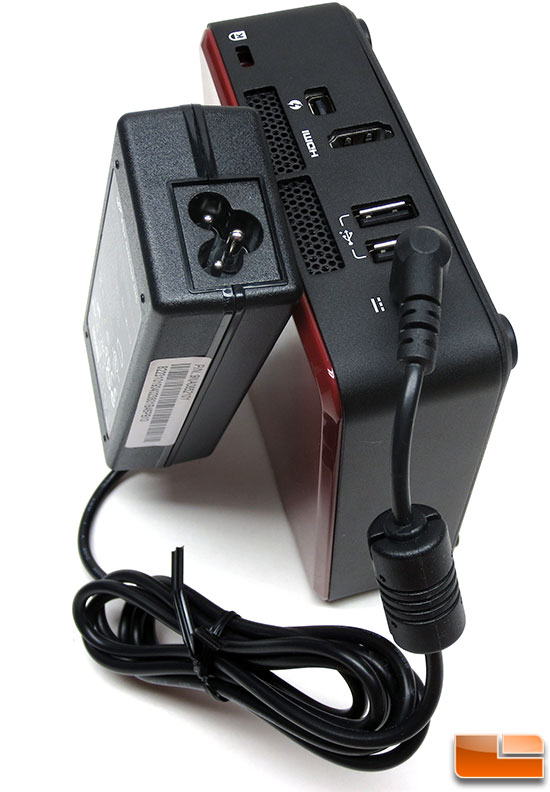defaultluser
[H]F Junkie
- Joined
- Jan 14, 2006
- Messages
- 14,398
And why is that?
The Mac Mini uses a 35w TDP CPU with a much higher clock speed, and that is the reason the case is larger - to keep it cool. This makes it the better choice if you do anything CPU-limited.
The Core i5 in the base Mac Mini clocks at 2.5 GHz (3.2 turbo), as-opposed to the fixed 1.8 GHz of the NUC (18w TDP).
Last edited:
![[H]ard|Forum](/styles/hardforum/xenforo/logo_dark.png)
